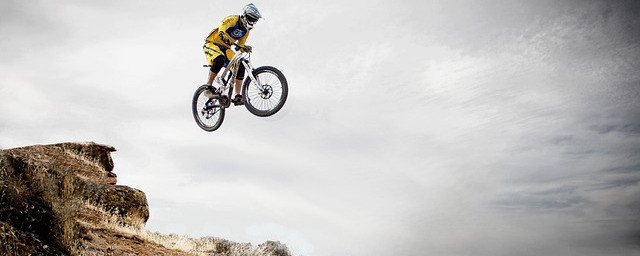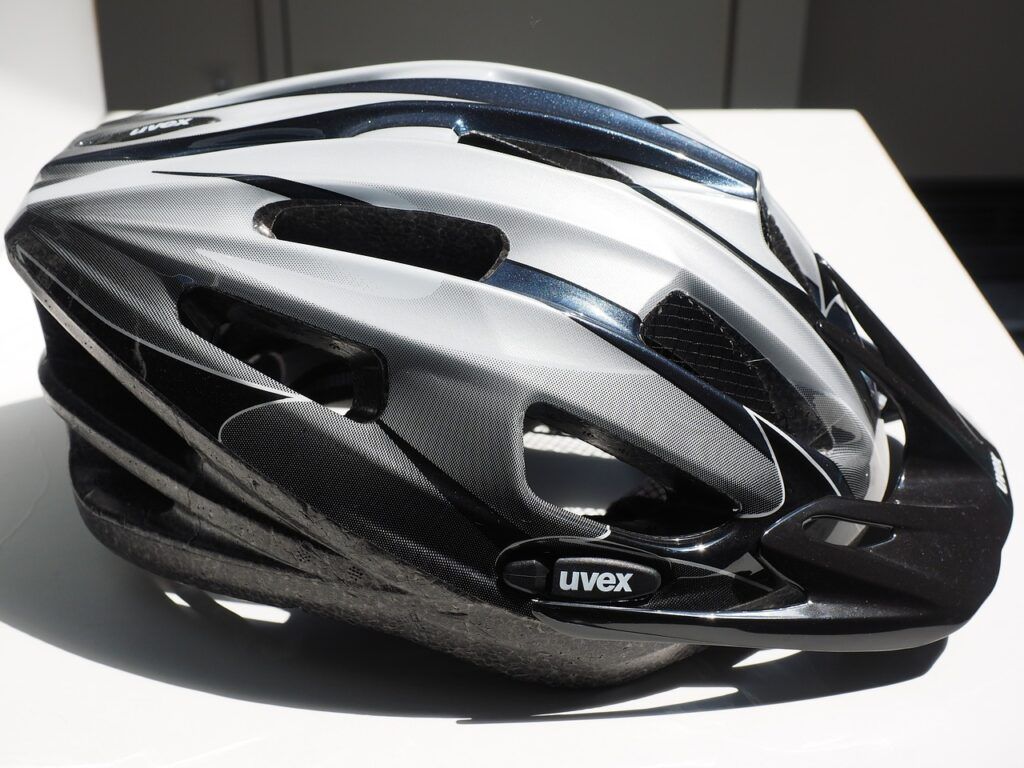In this blog Mountain Biking for Beginners, I aim to provide details on what a beginner needs to know about biking before they plan to go out on their next adventure. So, let’s start with some general details about mountain biking.
What is Mountain Biking? Getting into Mountain Biking
Mountain biking for beginners is a fun sport of riding bikes off-road and usually on bumpy surfaces. This is one of the most sought-after adventurous sports activities across the globe. The concept of mountain biking came into existence in the late 1800s. Initially, mountain biking started as a modified version of bicycles for use on rough terrain and off-road “cycling”. This sport evolved over the years and now it’s one of the most popular adventure activities–especially after COVID-19.
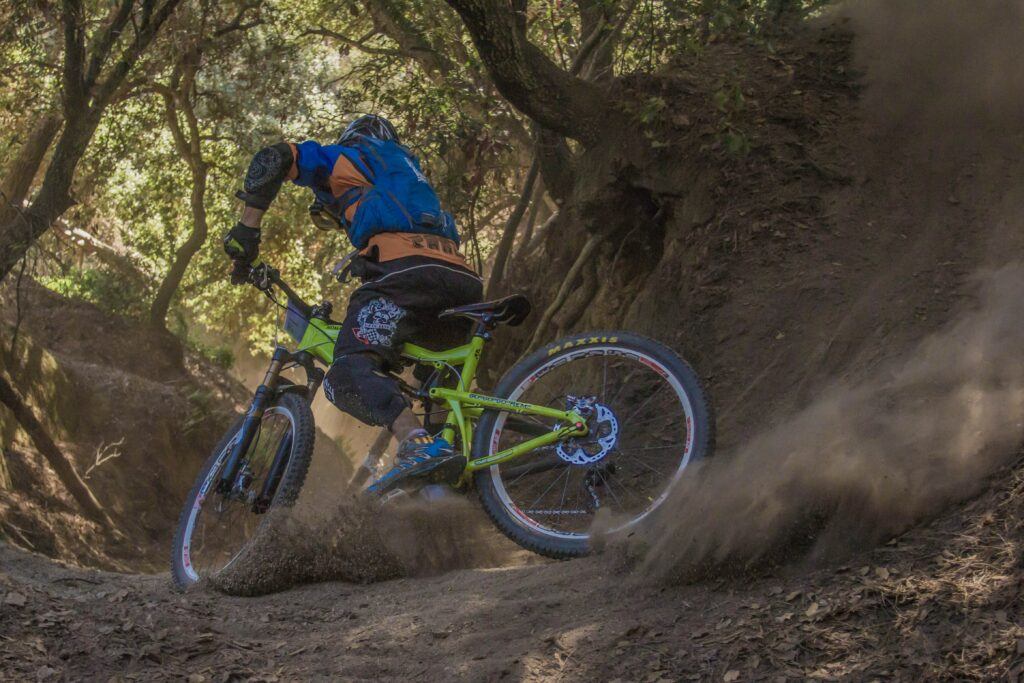
Beginner Mountain bikes mostly share similar features with other bikes/cycles. However, they differ in terms of their performance on rough surfaces and durability. Mountain bikes have wider wheels and tire sizes with mechanical brakes and improved suspension systems. All of these contribute to a more comfortable ride even on bumpy surfaces. Knowing how to handle these added features will help you have an even more enjoyable and easy experience. The goal of this article is to summarize that information.
1. Mountain Biking Beginners | Where to Ride Mountain Bikes
As a biker, it is important to know the types of tracks available for biking. If you are choosing a track for biking, first assess the types of skills required for biking on that specific track.
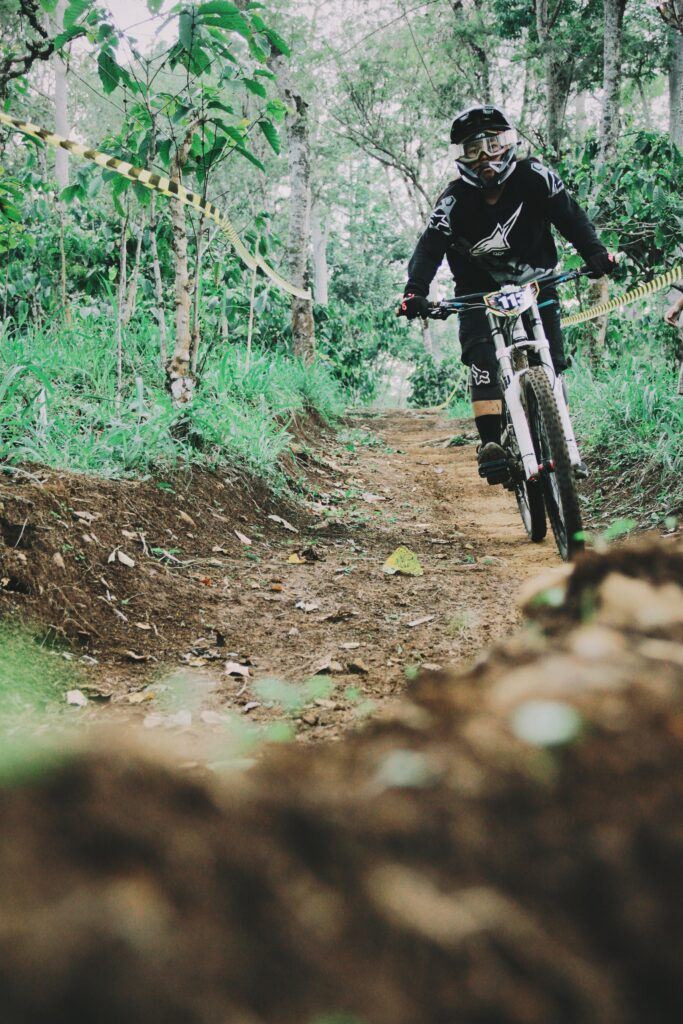
Single Track is the most preferred trail for biking. The width of the trail is approximately equal to the width of a bike. This is the most adventurous trail, liked by most bikers because it usually descends and can have multiple obstacles and bumpy/jumping spots which makes it an exciting ride.
Double Tracks are double-size trails as compared to single. Two single tracks are combined to make it a double track. They are usually very easy tracks because they are designed in a way that two bikes can move together. The width of the trail is big enough for a car to pass easily.
There could be multiple other types of trails designed specifically for biking like wider bike parks/terrain trails. So, the availability and selection of appropriate biking trails are very important for bikers. I have found the following details guide for American bikers on Amazon (Epic Bike Rides of the Americas 1). Click here if you would like to purchase.
Know your Trail Rules
Knowing the rules of the biking track/trail is very important for a biker. Sometimes there are instructions available for shared use of the trail. i.e. hikers & bikers or biking in both directions etc. This would require constant yield for hikers or other bikes coming from the opposite direction.
2. Start Mountain Biking for Beginners | How to Decide on the Type of Mountain Bike
The type of mountain bike depends on the size of the tire and its suspension. It also depends on the type of biking track i.e. cross country, downhill, etc. Usually, experienced bikers take into consideration the type of suspension and size of the tire. All these factors align to make it a more comfortable and enjoyable activity.
Different Types of Suspensions
Suspensions are designed to control the bike on rough surfaces and obstacles.
1. Hardtail Suspension is mostly used on smooth tracks like gravel or smooth single track. They are usually lighter in weight.
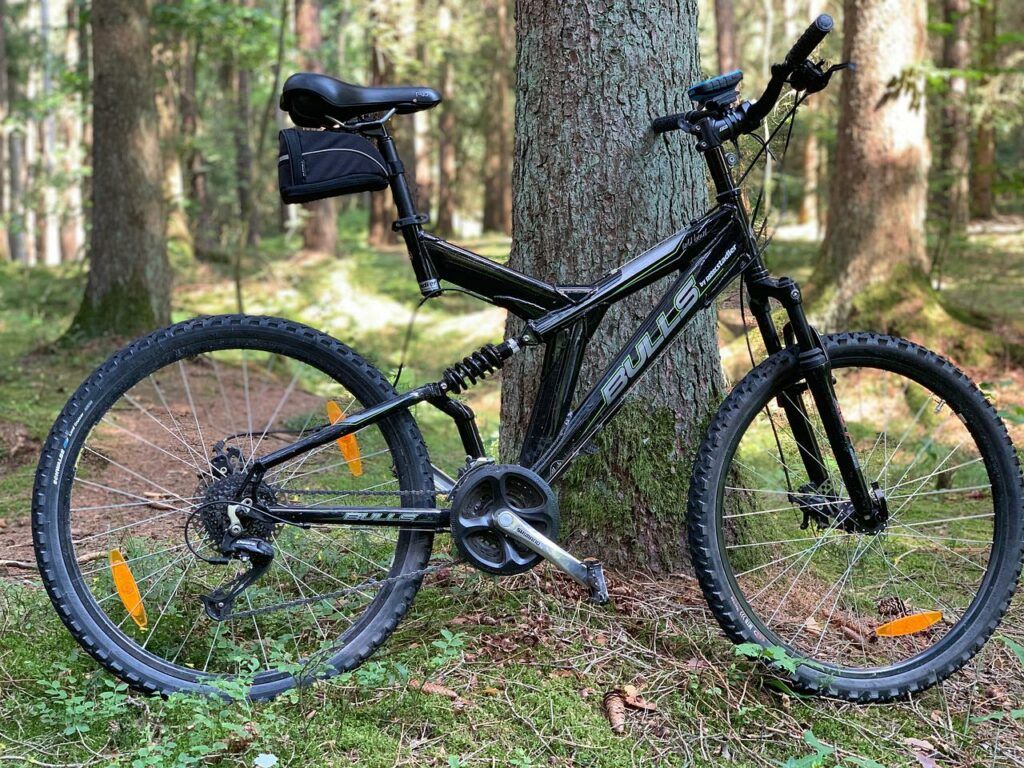
2. Full Suspension is used on rough tracks with more obstacles to keep more control of the bike. They are more comfortable on difficult tracks and keep it smooth on bumps. However, they are heavier than a hardtail.
3. Rigid bikes are without suspension. They usually have fat tires but from the comfort point of view, they are not the preferred option for most bikers. Most bikers prefer bikes with suspension because of the comfort. Rigid bikes are simpler in design and low on maintenance.
4. Tire Sizes
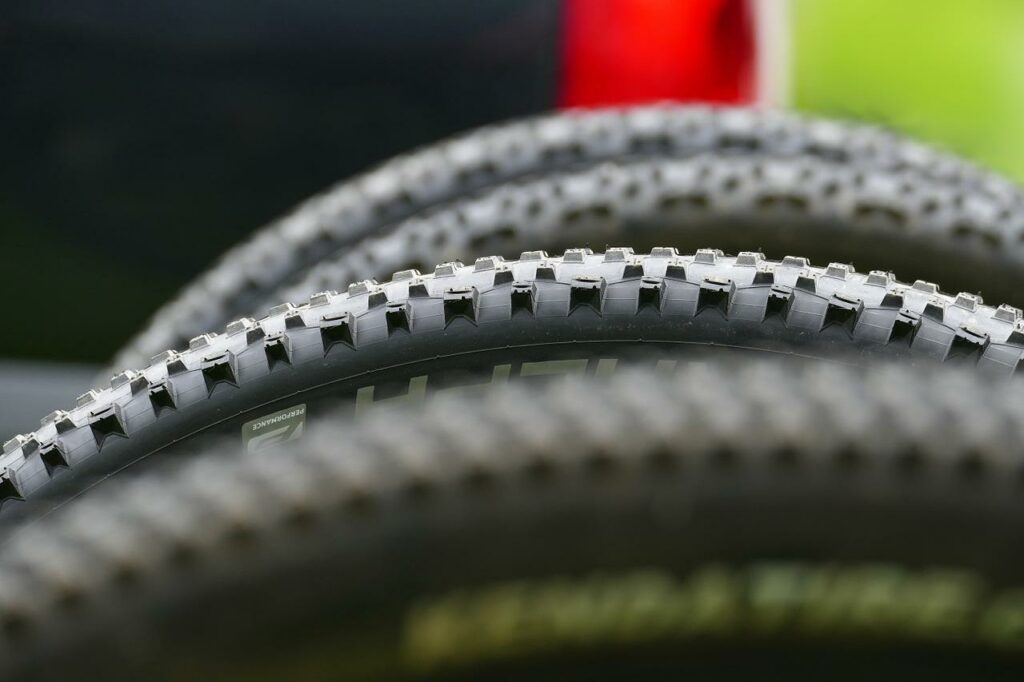
There are normally three types of diameters for a mountain bike: 26in, 27.5in, and 29in. The selection of tires also depends on the width of the wheel. The diameter sizes from 12 to 24 inches are common for kids’ mountain bikes.
The width of a mountain bike tire usually ranges from 1.7 to 2.5 inches depending on the style/type of biking i.e. downhill, cross-country, etc.
3. Required Accessories | Beginners Guide
Mountain biking comes with some accessories which make this sport very enjoyable and comfortable. Due to the nature of this sport, proactive arrangements are good to tackle the bike well on difficult tracks and avoid the possibility of a breakdown along the way.
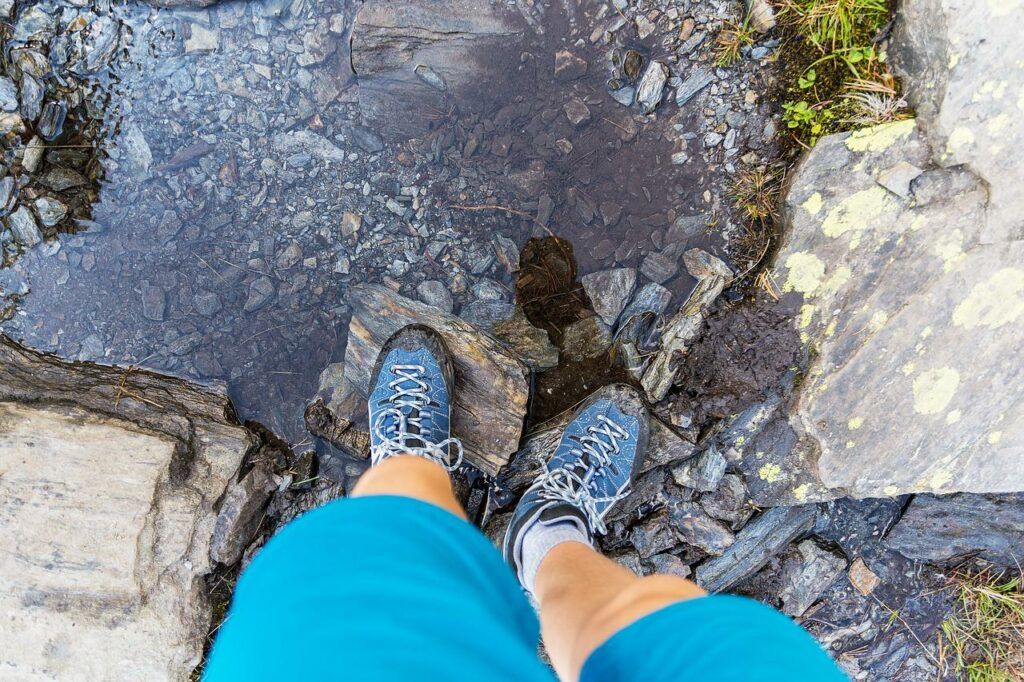
a. Shoes: There are multiple brands of shoes specifically designed for mountain biking. The design depends on the type of biking and how intense the biking would be.
It also depends on the type of bike pedals a biker is using. The sole of a biking shoe usually has a good grip on the pedals. The shoes are more flexible which makes it easy to handle the bike and get its full control.
Flatpadel is mostly used for downhill biking. It is also recommended for beginners to try using shoes that are more compatible with flat panels.
In mountain biking, shoes that are compatible with clip-less pedals are used frequently by mountain bikers.
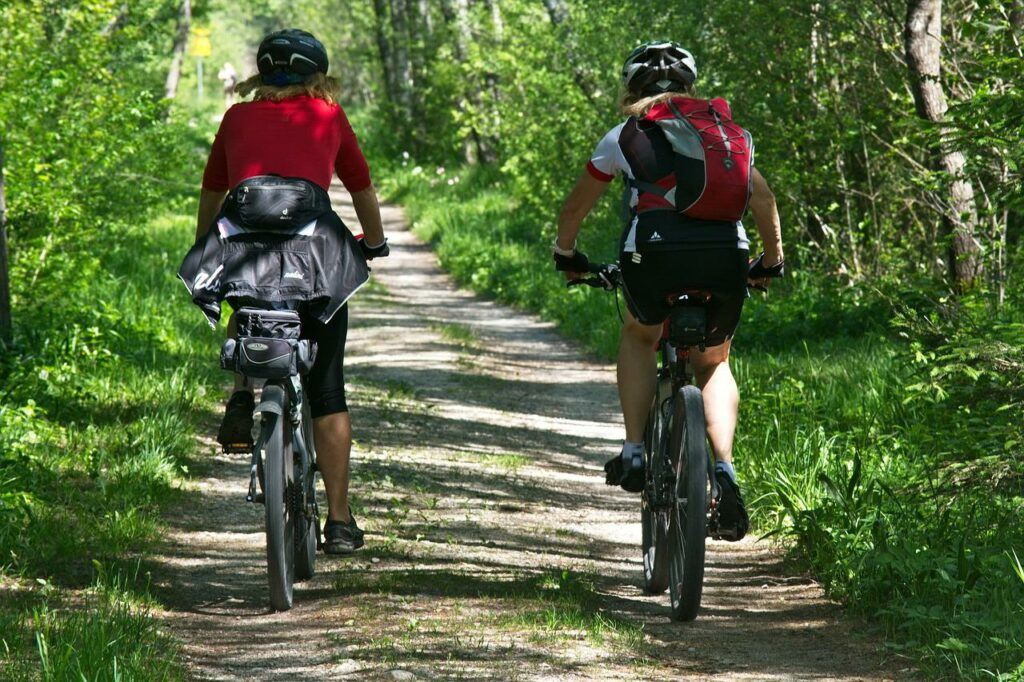
b. Clothing: Mountain bikers require appropriate clothing which can resist extreme air pressure during downhill biking. The clothing is made with light fabric and designed in a way that they are more flexible and comfortable during biking. There are three important items covered in clothing i.e. shorts, trousers, and jersey.
Downhill bikers usually prefer heavier fabric shorts or sometimes they prefer trousers for protection-purpose from falls.
Cross-country bikers usually prefer Lycra shorts along with tight jerseys. But the jersey size can depend on the comfort level of the bikers and its durability. It could be casual shirts as well.
c. Glasses: Good quality glasses play an important role in protecting the eyes during biking from any kind of biking trail debris. There are multiple brands of glasses with filtered lenses available that can help protect against strain on the eyes caused by bright sunlight or cloudy days.
d. Hydration System: During biking, it is normal to get dehydrated quickly. It is very important to keep your body hydrated especially on the longer biking trails. Bikers normally use water bottles or water bags with a tube for drinking. Bikers usually carry bottles or a water bag in a lightweight backpack known as a Hydration pack
e. GPS System: Usually, when a biker is new and not so familiar with the biking trail they can use GPS systems for tracking and monitoring purposes. Familiarity with the track is important; otherwise, keeping a GPS would be the best alternative
f. Pump or CO2 Inflator: It is a very good idea to keep a small pump or CO2 inflator in case of flat tires. It will save a lot of hassle if you are in the middle of a track with a flat tire situation and no immediate help is available.
g. Repair tool kit: In repair tool kits bikers usually keep an extra pair of tire tubes along with other small multiple-purpose wrenches and tools. Basic problem fixing is usually on the go for a mountain biker especially when there is a long track and no nearby bike repair shops are available. If you would like to purchase a tool kit, you can check the below links for recommended kits available on Amazon:
23 Piece Bike Tool Kit – Bicycle Repair Tool Box Compatible
Bike hand Bike Bicycle Repair Tool Kit with Torque Wrench
Mountain bike Reflectors and Torch Lights: For mountain biking, it is good to have a few reflectors installed. The reflectors will be helpful when there are bad light or visibility issues. The purpose is to keep the bike and biker visible to other hikers or bikers on the track. It is also very important to carry a good quality torch/flashlight in case of bad light and low visibility of the track.
4. Protective Gear for Biking Safety
Having protective gear is extremely important while preparing to go out for mountain biking. The question of which all gear items to have depends on the difficulty level or type of mountain biking. It also depends on the bikers’ personal preferences. Usually, for small tracks with low difficulty levels, bikers only use helmets and hand gloves for the protection of the head and hands from injury during an unexpected crash.
The need for more protective gear increases when the difficulty level of the trail is high, during higher speeds, or in bad weather conditions. All these factors increase the risk of a crash.
Recommended Gears for Mountain Biking:
a. Helmet: In the case of downhill biking, a full-face helmet is a better option because it provides a certain level of protection to the head from a serious blow. Usually, downhill biking has more speed than other biking styles. Other types of helmets could be skateboard style and cross-country style. Mostly, a cross-country-style helmet is frequently used because of its design. It allows more ventilation and, therefore, helps in longer tracks. Few good quality helmets on amazon for purchase:
Smith Optics Engage MIPS Mountain Cycling Helmet (available in 5 colors)
Fox Racing Dropframe Pro Mountain Bike Helmet (available in 9 colors)
b. Body Armor and Pads: During complex biking tracks and high speed, the chances of a crash are higher. Bikers usually use pads/sleeves to protect knees and elbows from injury. There are also other types of protective jackets/full-body suites for complete body protection
c. Gloves: There are different types of gloves available to provide comfort in biking. The gloves also protect against hand injury during the fall.
d. First Aid Kit: With all the protective gear on, the chances of injury still exist. So, First Aid Kits are a must-have requirement. They can help in managing small injuries or manage big injuries until you get proper medical treatment. Experienced bikers can easily manage small injuries during biking because it’s part of their training.
5. Mountain Biking Styles:
When selecting mountain bikes, one should know the type of activity they would like to endure to help them with their next purchase. Many manufacturers have organized different types of mountain bikes based on their styles specified for different kinds of adventures. Below are some of the popular biking styles:
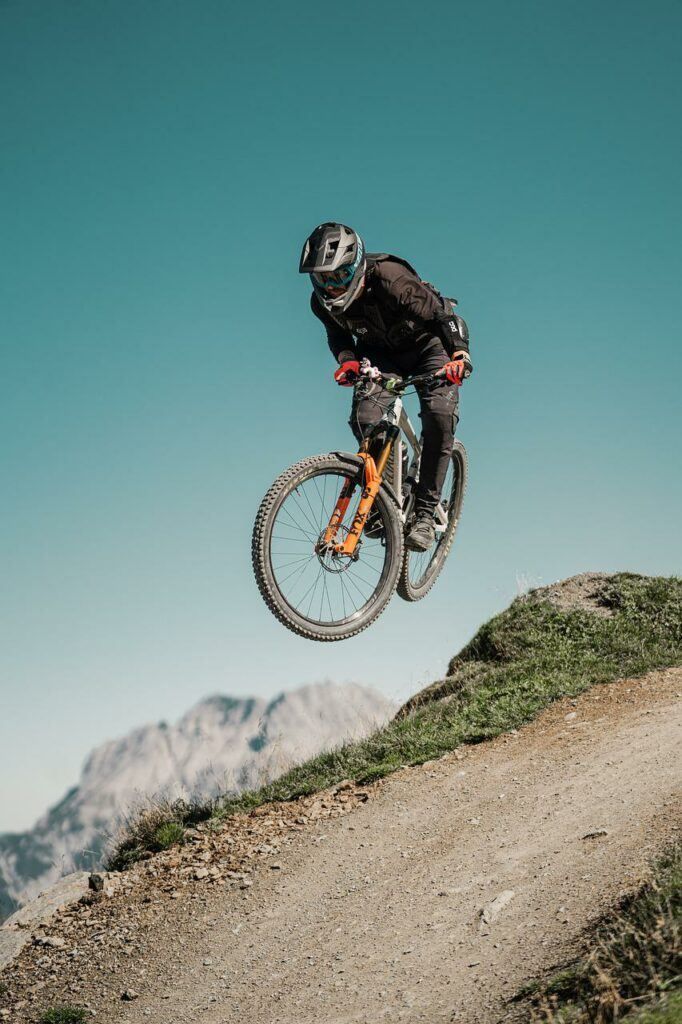
a) Downhill Biking: Downhill biking is one of the most dangerous and crucial cycling activities. Going down steep hills does not feel much on those limbs.
b) Urban/Street Style Biking: In Urban or street style biking, rider bikes on streets or their city area on and over man-made objects such as pavements, roads, highways, etc.
c) Trail Riding Style: If you feel bored sitting in your home and want to enjoy the cool breeze and nature surrounding you, then the trail riding style is perfect for you.
d) All mountain/Enduro Style: Enduro racing is similar to the downhill racing style. However, this style is longer and may take a day to complete.
Read about an interesting topic Mountain Biking for Fitness & MTB DIY Tips
